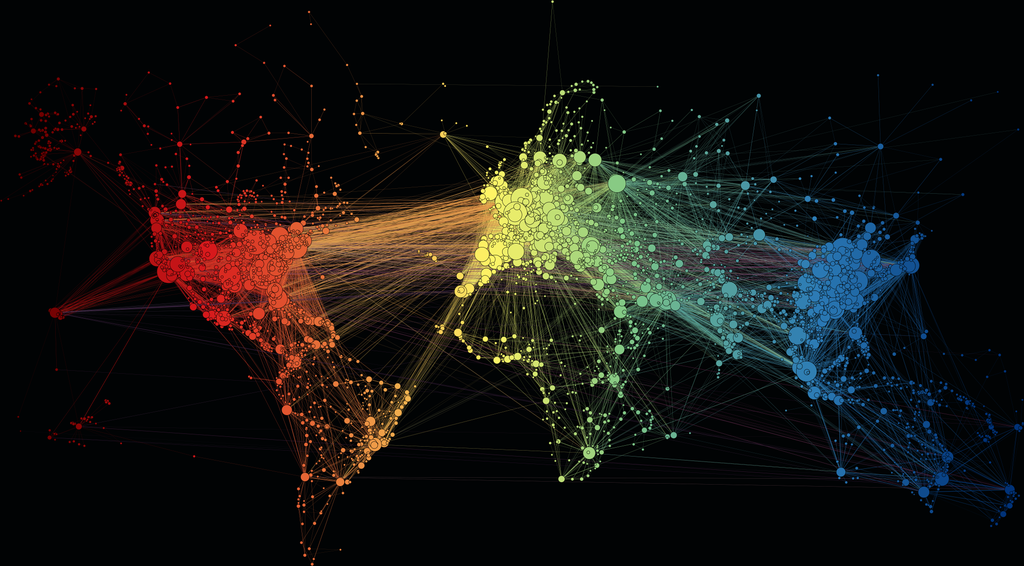Your home network is awesome! … Until it isn’t. And it can be confusing to even know where to start talking about it.
At Soundwave we work with networks, a lot. People ask us great questions about their networks. We want you to have a list of some of the most common questions people ask. Hopefully this helps you better understand your home network. If you have more questions, we love to hear them! Send us your questions here!
What is a network?
Networks are collections of connected devices. They can be as simple as a computer connected to a printer, or as complicated as the Internet. These devices send information by following special rules called “protocols”. The devices talk to each other according to those protocols over the connections that network them.
What is a LAN and WAN?
We classify networks by the amount of physical space they occupy. Home networks are “local area networks”, or LANs. These kinds of networks are also found in offices and libraries.
Devices may be connected across large distances too. When you call your friends across the country you are using the cellular network. Since this network connects devices across a wide area, it is labelled as a “wide area network”, or WAN.
You may be thinking, “Can a LAN be part of a WAN?” You’re absolutely right! Networks themselves can be part of larger networks.
What does a modem do?
Sending information across long distances takes time. Since light travels very quickly it makes sense to use it to send information. But devices usually don’t use light to communicate.
Modems receive information from devices and convert them into light signals. These light signals are then sent across optic cables to deliver information from one place to another.
When the receiving modem gets that light signal, it then converts it into a digital form that can be sent to the recipient.
Basically, modems are translators who receive messages, translate them into the right language, and then pass them along to the delivery system.
Why do I need a router?
Routers direct information to the right device. They receive messages like a post office and then deliver them to the right address.
Sometimes routers are combined with modems. This can make it seem like you only have one of those devices. Remember that modems translate the messages they receive, and routers deliver messages to the right devices on the network.
You may be wondering, “But I tell my printer to print directly! I see it on my phone.” What’s up with that?
When we choose to print something from our phone we are actually choosing the device. The message is still sent to the router, which delivers the message to the printer. Technology today is usually made easier for people to use. This can make complicated things look far easier than they are.
What if I have more questions?
We love hearing your questions and finding answers for you! Submit your questions here and our team will get you the answers you need.
And when you want great network products and services, we are here for you!
For more information on networks:
Modem | Definition, Development, & Facts | Britannica

